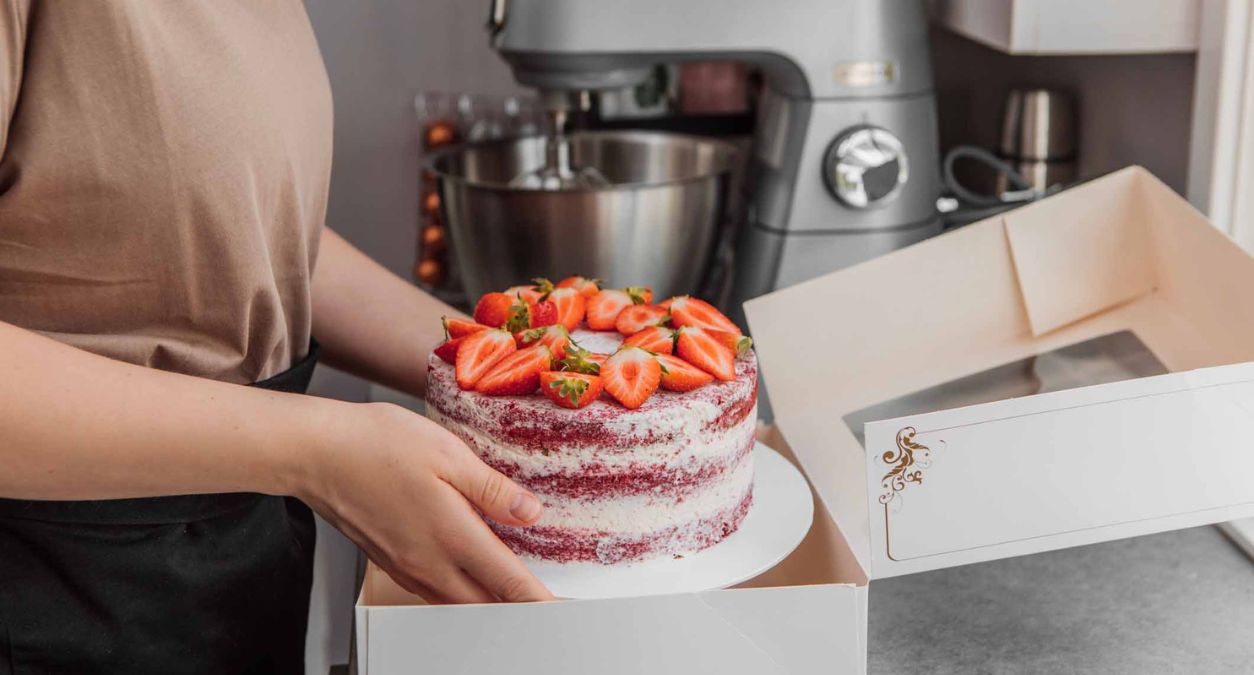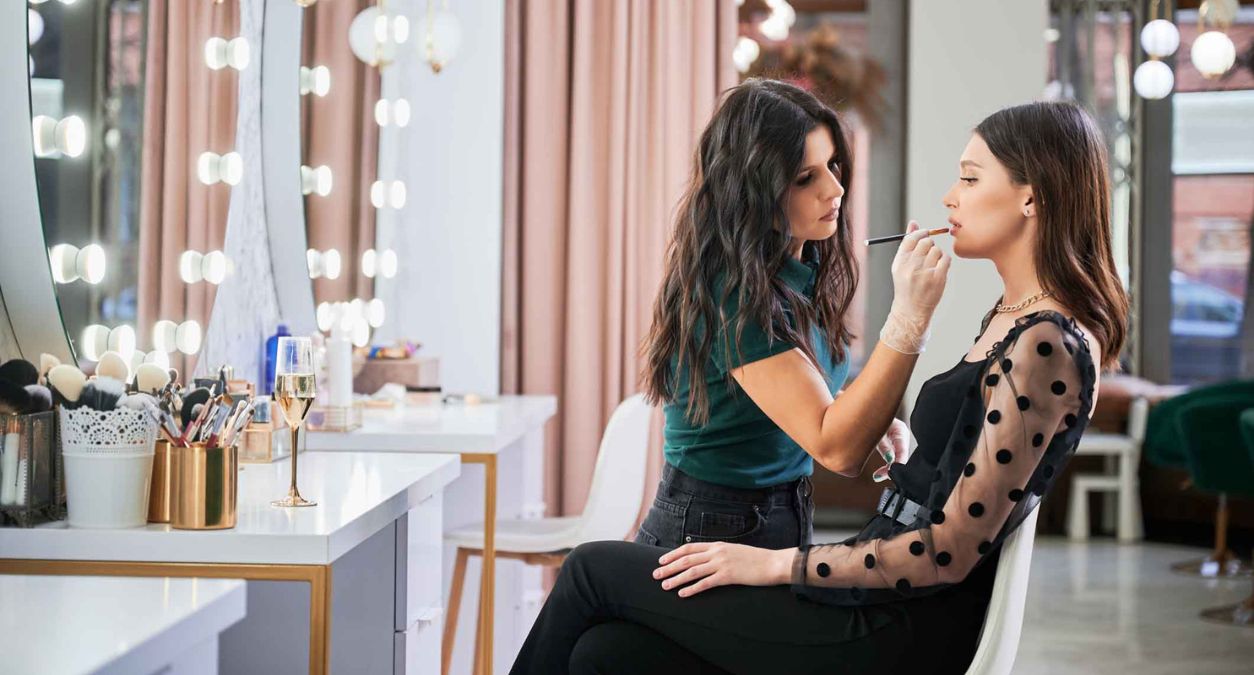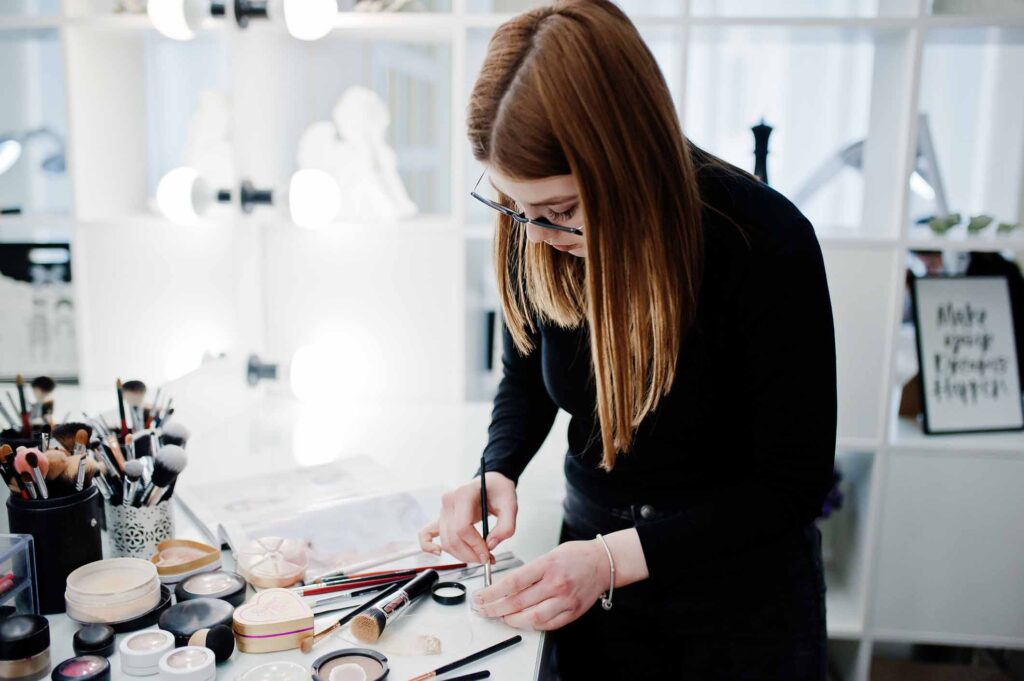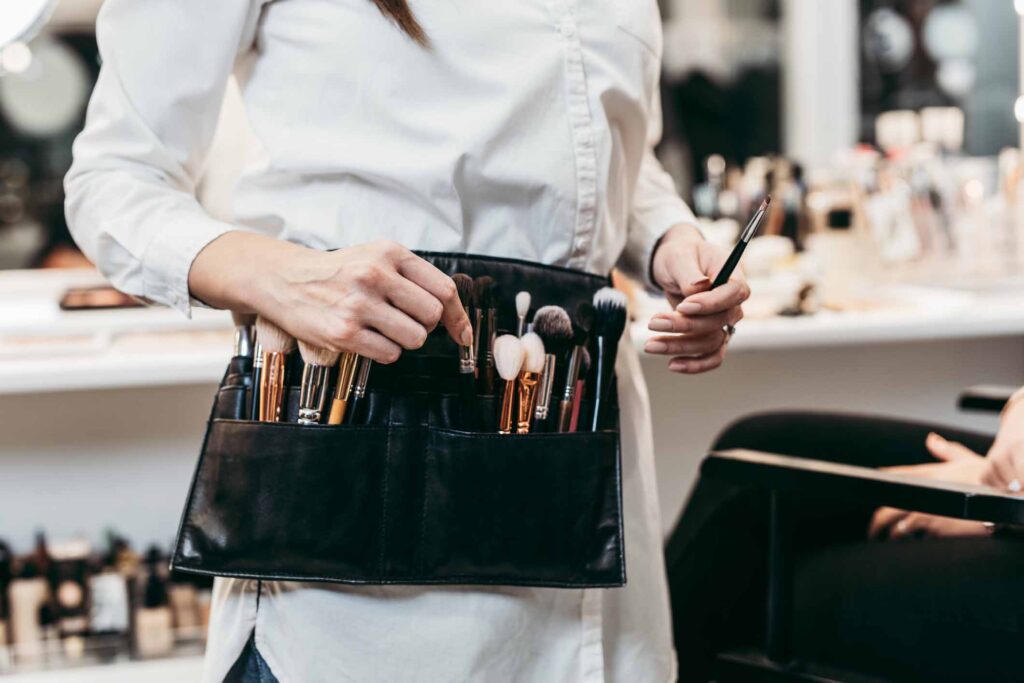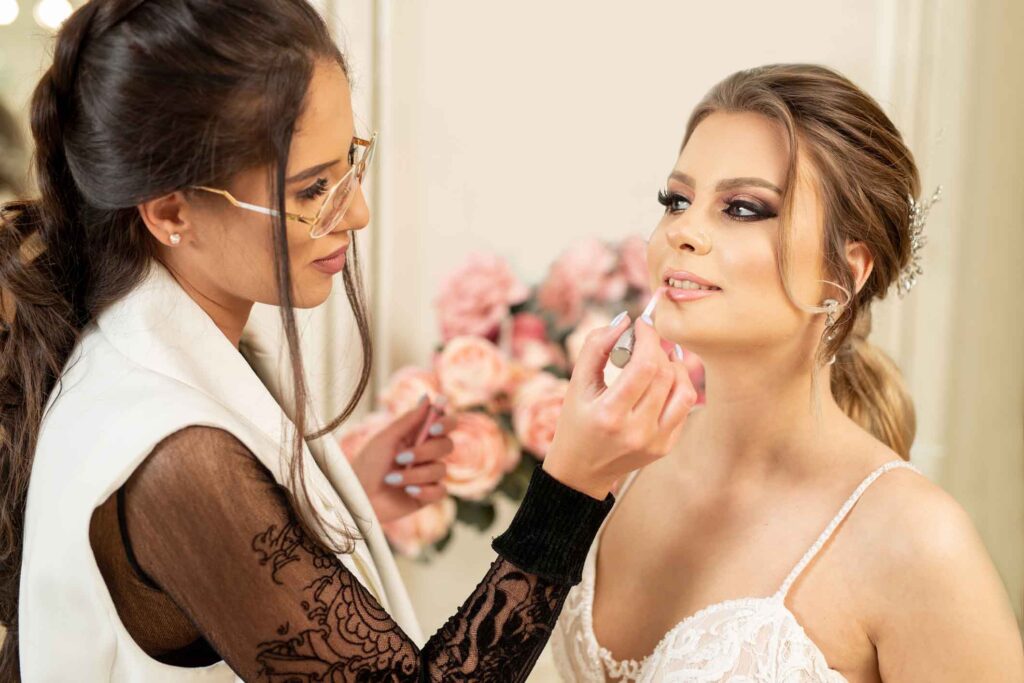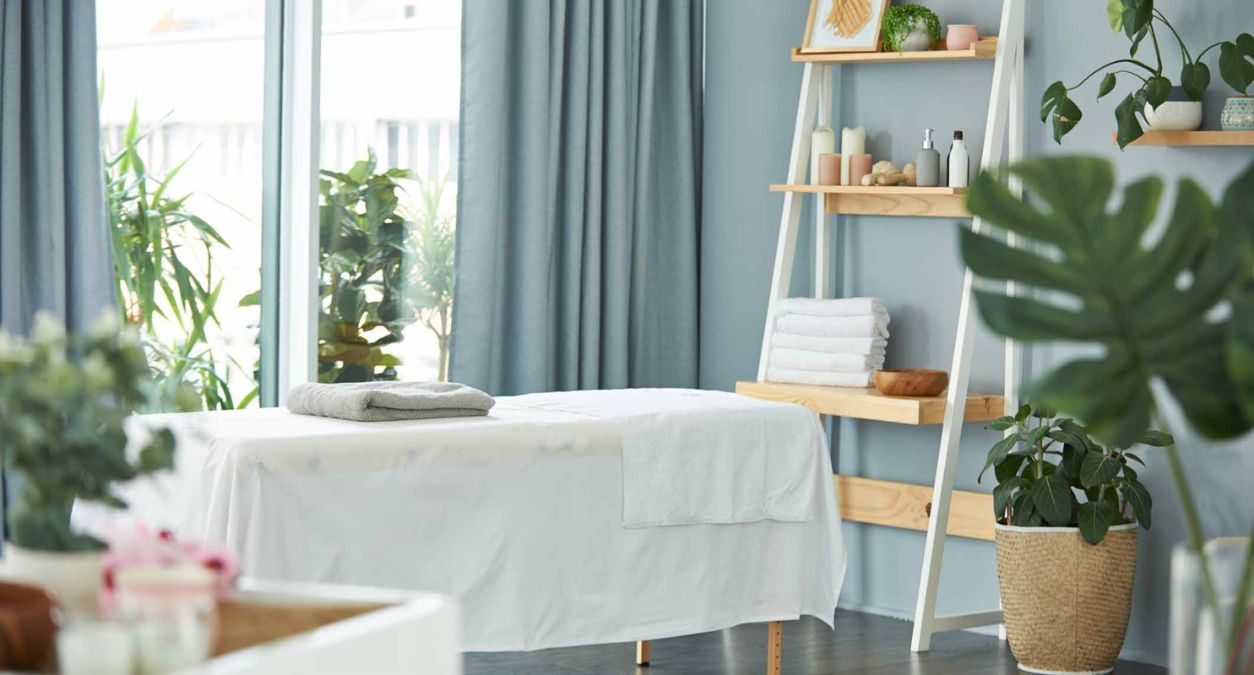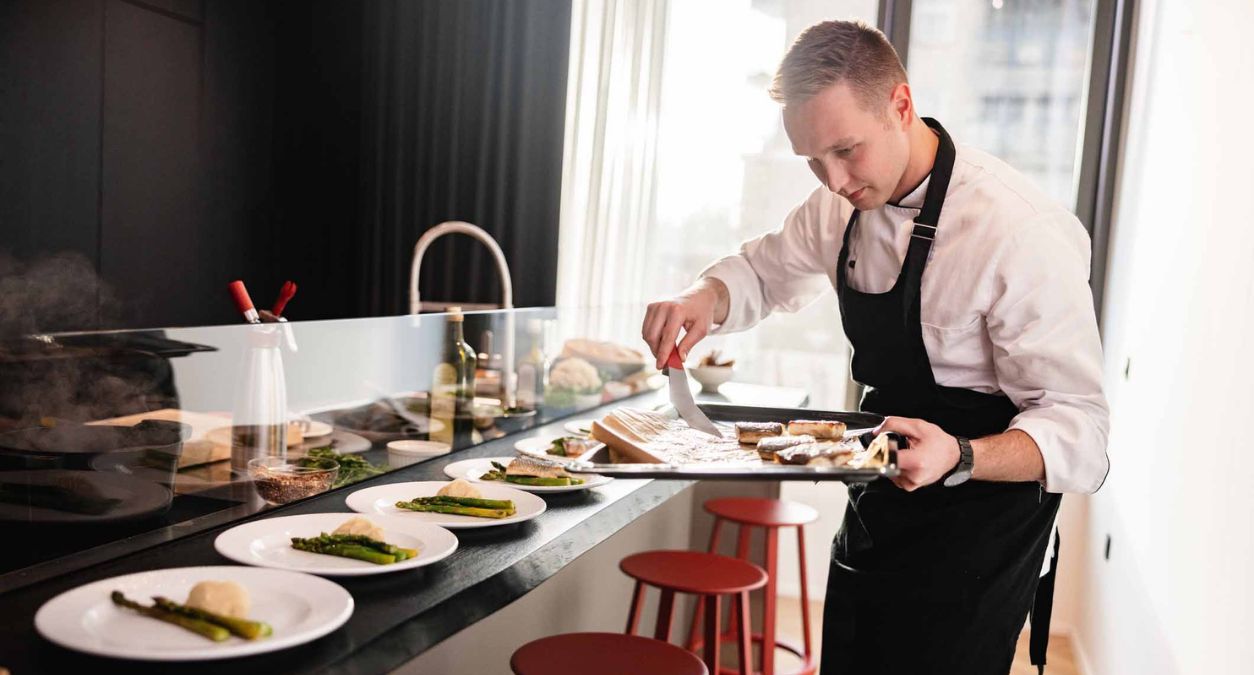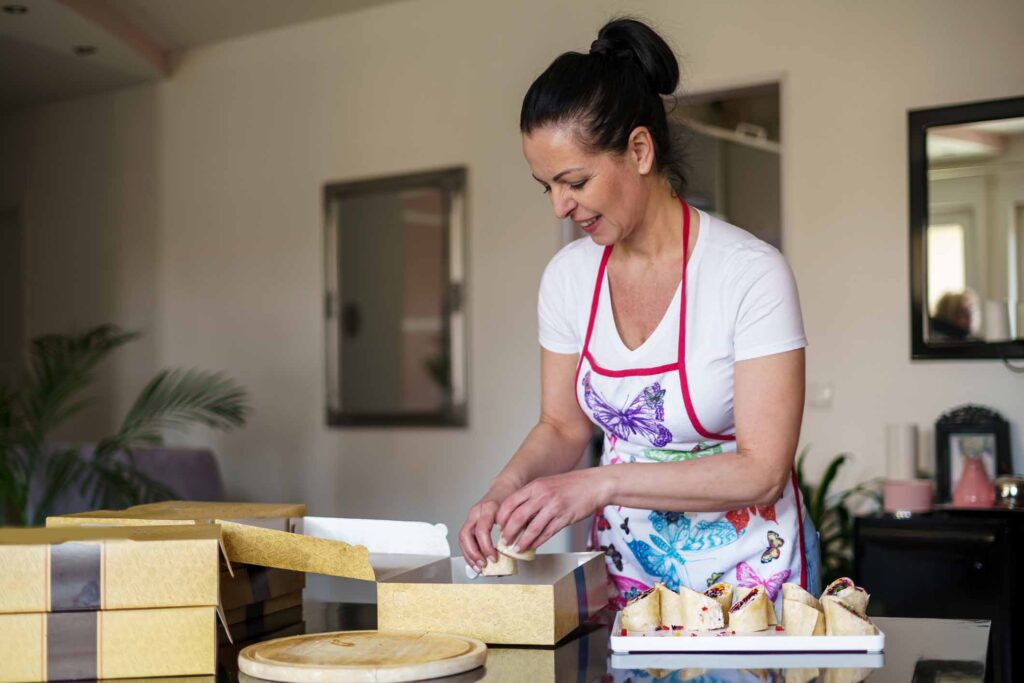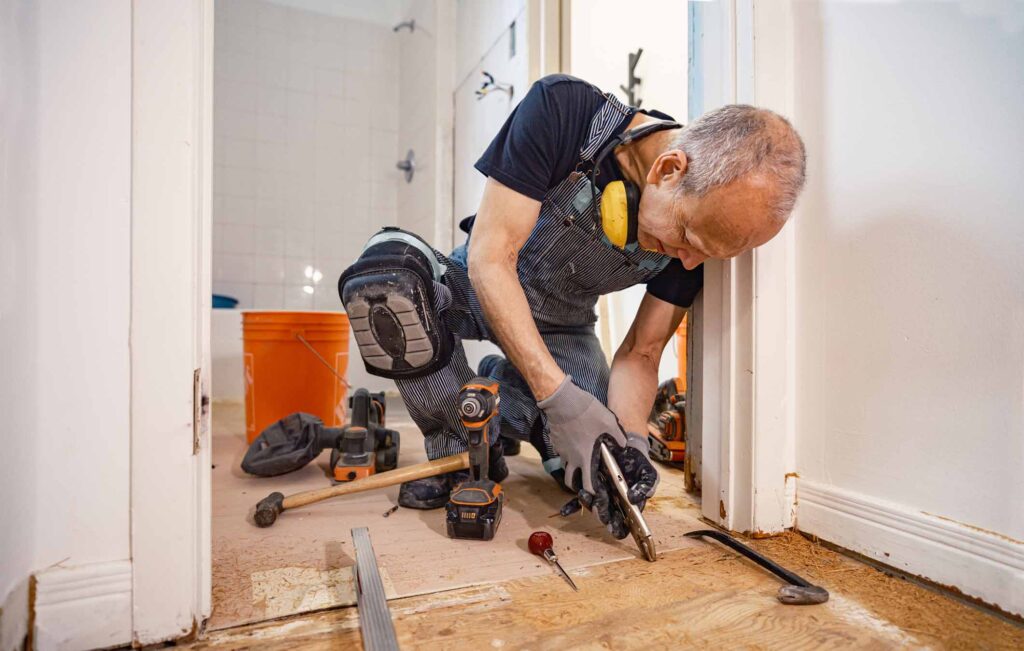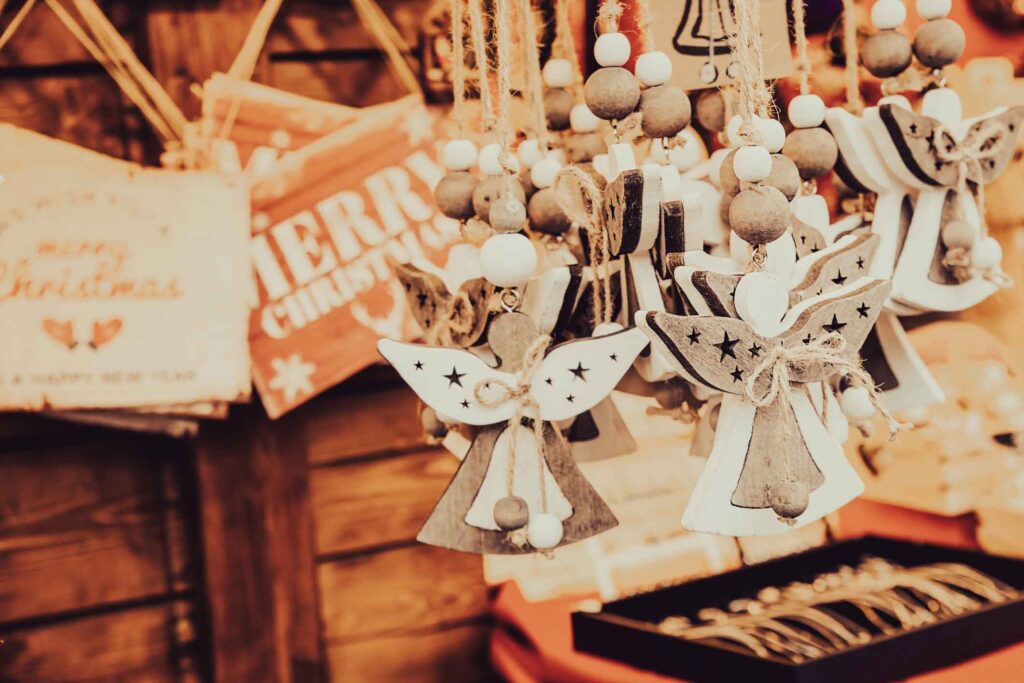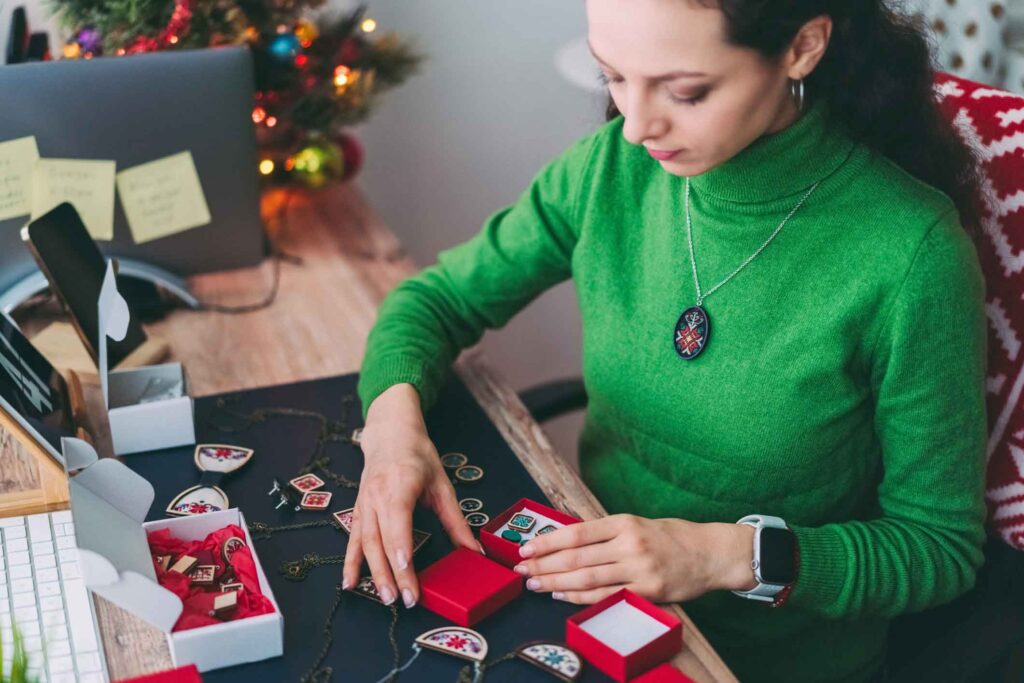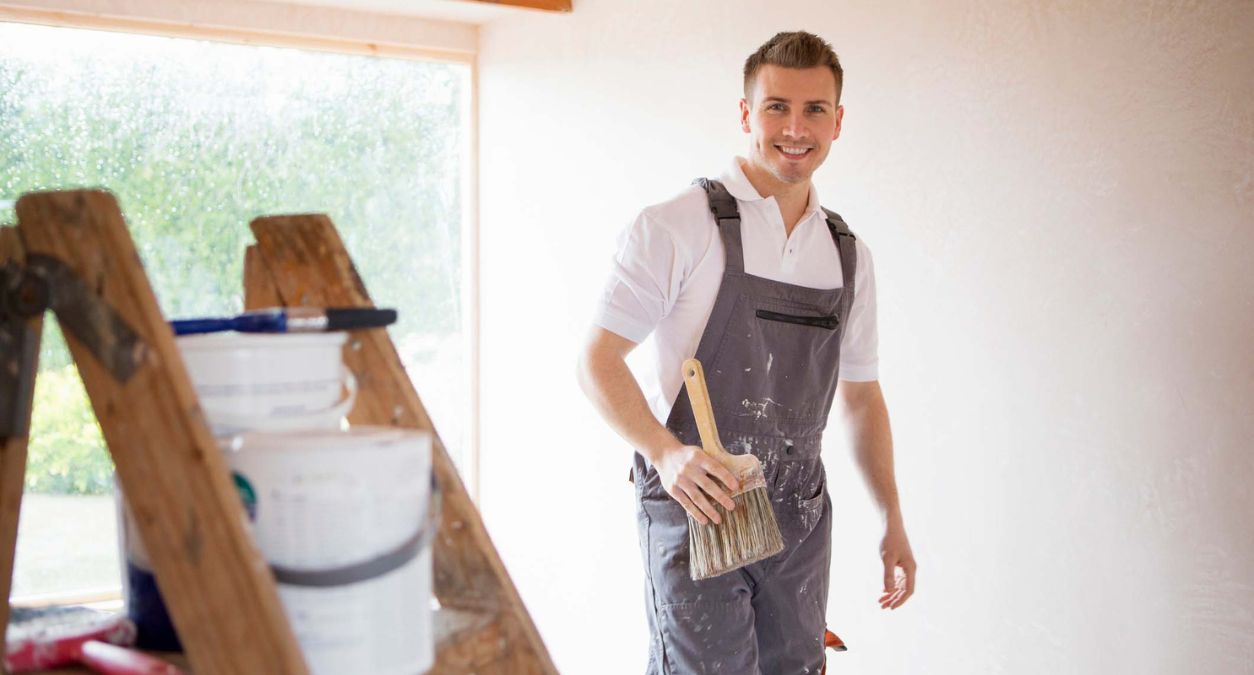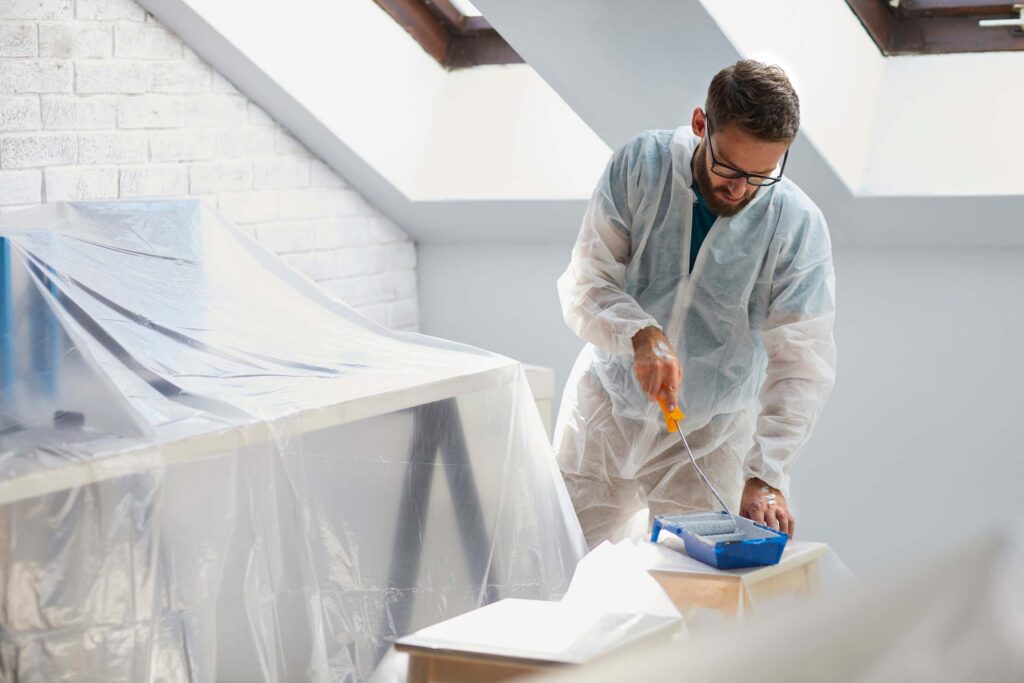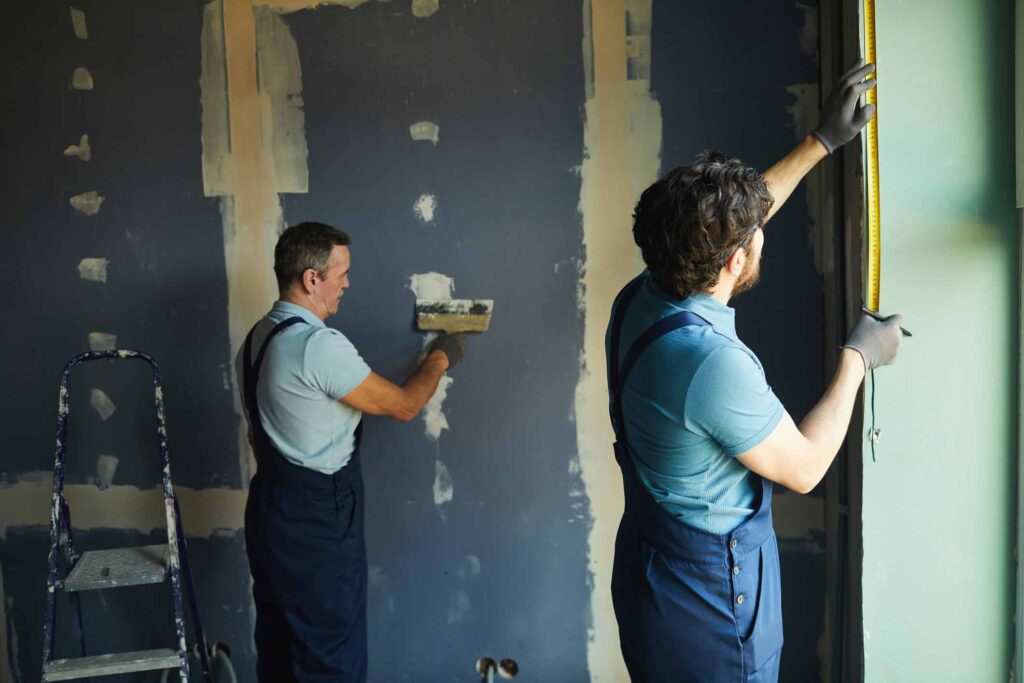Contributors
My main focus is managing the blog and product content for the Protectivity website ensuring everything aligns wi...
With the start of the new year, you may be looking into business ideas for the winter season. This time of year is a popular time for change, as new resolutions are made and current job satisfaction may be a little low.
There are many customer problems you can look to solve in order to build a company that thrives, resulting in a solid income stream as you offer a genuinely valuable service. From personal training to specialist catering, the possibilities within different industries are more varied than you might realise. All it takes is a little original thinking and research.
In this article, we’ll explore some of the best UK winter business ideas and look into some considerations before you start.
What to consider when creating winter business ideas
Starting a winter business can be a rewarding venture, but it comes with its own set of challenges and considerations. Here are key factors to keep in mind when launching a business made for the colder months.
Understand seasonal demand
Before diving into a winter business, thoroughly research and understand the seasonal demand in your target market. Identify the specific needs and preferences of consumers during the winter months. Consider whether your chosen niche experiences a surge in demand during the colder season, and analyse the potential competition.

What are good business ideas for winter?
Winter business ideas are everywhere once you start looking. You could look at tried-and-tested ideas and get in on mainstream trends or commonly in-demand services, to give people something practical that stands a good chance of being profitable. If you’re more of an innovator and want to set yourself apart, you can think beyond conventional money-making ideas that serve a crowded market.
Here is a selection of winter business ideas that generally do well in the UK.
Personal Training & Fitness
Winter often marks the beginning of the new year, a time when individuals are motivated to make positive changes in their lives, including adopting healthier habits. This creates a prime opportunity for personal trainers to tap into the market of people seeking to fulfil their New Year’s resolutions and get in shape. Furthermore, starting a personal trainer business in winter allows for ample time to build a client base and establish a strong presence before the peak fitness season in spring and summer.

Home maintenance services
The winter season often prompts homeowners to prepare their properties for the colder months. Offering services such as gutter cleaning, roof inspections, and window sealing can help businesses thrive during this time. You can educate potential customers about why these services are essential for protecting homes from winter weather, showing the value of your work.
Winter clothing retail
With dropping temperatures comes the inevitable increased demand for warmer clothes. Your business could focus on stylish and functional winter wear, with designs for men, women, children or a combination of everything. Your collections might range from fashionable coats and boots to cosy accessories like scarves and gloves.
You could either design your own products or source them from wholesalers. If you want to appeal to the increasing consumer market who prefer to shop from eco-friendly brands, you could use only sustainable materials and work with suppliers who use ethical practices.
Health and wellness services
Winter often brings with it seasonal illnesses such as colds and flu, making health and wellness services more relevant than ever. Businesses offering immune-boosting products, wellness retreats, or virtual fitness classes for indoor workouts can capture the attention of health-conscious consumers.
You can help to grow your brand by positioning yourself as an authority on health and wellbeing, speaking out about physical or mental health (or both). You could start a blog for your website, appear on podcasts or start your own, interviewing guests who work in the industry or speaking on your own. There’s also lots of potential for informative content on social media. For example, you could create a regular video series talking about current trends and hot topics.
Winter landscaping
You might associate garden landscaping with spring and summer. However, winter landscaping services can include designing and decorating outdoor spaces with festive lighting and decorations. This can appeal to homeowners looking to create a winter wonderland in their outdoor spaces.
Snow removal services
Depending on your location or how far you’d like to travel, you could provide snow removal services in regions where snowfall is common. This can be a lucrative venture in areas such as the North Pennines and Scottish Highlands, which usually see snow on around 50 to 70 days each year. Catering to both residential and commercial clients, this business can ensure safe and accessible pathways during snowy days.
Hot beverage retailer
Another small business that works well in the UK is a hot drinks vendor. Setting up a small kiosk or operating a mobile van, serving warming and seasonal beverages, can be a profitable venture in busy areas. Offer a variety of drinks and treats to attract customers, in locations such as national parks and Christmas fairs.
Winter pet care services
Pet owners may find it challenging to give their furry friends the exercise they need during the colder months. Offer pet services such as winter dog walking, pet sitting, or boarding to help pets stay active, happy and spoiled with lots of attention. Take a look at some dog business ideas for inspiration.
Winter photography services
Capitalise on the picturesque landscapes or captured festive moments that this time of year brings, by offering photography services. This can include family portraits, engagement shoots, or snapping the beauty of winter scenes for commercial use. There are plenty of opportunities for a range of different audiences, so you could market your services to both private clients and businesses.
Winter sports equipment rental
If you’re in an area with access to winter sports destinations, consider starting a business that rents out skiing, snowboarding, or ice skating equipment. Target both tourists and locals looking to enjoy winter sports without the commitment of purchasing gear.
Winter vehicle maintenance
With winter comes challenging driving conditions, so you could specialise in helping to ensure safe and reliable transportation during the colder months. Start a business that focuses on winterising vehicles, offering services such as tire changes, antifreeze checks, and overall vehicle inspections.
Winter caravan/camper rental
Cater to the adventurous spirit by offering winter caravan or camper rentals. Provide equipped vehicles that allow customers to experience winter getaways comfortably, whether it’s for a weekend retreat or a longer holiday.
Indoor plant sales and maintenance
Bring a touch of greenery to homes during the winter by starting a business that sells and nurtures indoor plants. Offer a variety of plants that thrive in indoor conditions; you could also provide maintenance services to keep them healthy.
Catering Services
People are often seeking convenient solutions to cater events without the stress of cooking during the winter period. Events such as winter weddings and parties are still popular especially for alternative food truck catering services. The colder weather can also provide an opportunity to create more hearty, comforting food such as pies, casseroles, curries to name a few.

Ice sculpture services
Offer a unique and visually striking service by creating custom ice sculptures for events, weddings, or corporate gatherings. This kind of business can cater to a niche market looking for elegant and bespoke winter decorations.
Get small business insurance with Protectivity
When you’re founding your own venture, there are a range of considerations to make in order to boost your chances of success. While you’ll want to get off to the best start in attracting your customers and bringing in a profit as soon as possible, you’ll also need to plan for the long-term. That means putting things into place such as investing in the right business insurance.
Protectivity’s small business insurance has been created to offer protection against any claims that may arise from customers or employees. Whether you’re looking for Personal Trainer Insurance, Therapist Insurance, Catering Insurance or Pet Business Insurance there are a range of options including public liability cover as standard. You can also opt for employers’ liability, if you have employ staff as well as a selection of optional extras to tailor to your requirements.
Find out more and get a quote tailored to your needs. If you need any support, our team are on hand to help.
Get Small Business Insurance from Protectivity
*Disclaimer – This blog has been created as general information and should not be taken as advice. Make sure you have the correct level of insurance for your requirements and always review policy documentation. Information is factually accurate at the time of publishing but may have become out of date.
Last updated by














